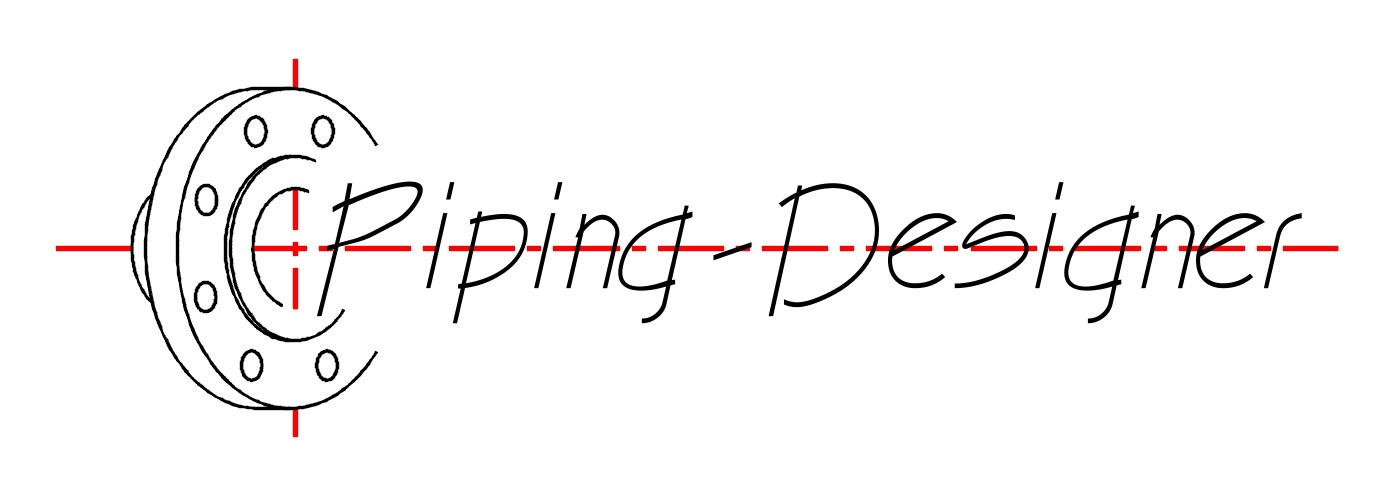Noise Factor
Noise Factor formula |
||
|
\( F \;=\; \dfrac{ SNR_{in} }{ SNR_{out} } \) (Noise Factor) \( SNR_{in} \;=\; F \cdot SNR_{out} \) \( SNR_{out} \;=\; \dfrac{ SNR_{in} }{ F } \) |
||
| Symbol | English | Metric |
| \( F \) = Noise Factor | \(dimensionless\) | \(dimensionless\) |
| \( SNR_{in} \) = Signal-to-noise Ratio In | \(dB\) | \(dB\) |
| \( SNR_{out} \) = Signal-to-noise Ratio Out | \(dB\) | \(dB\) |
Noise factor, abbreviated as \(F\), is a measure of how much a device, such as an amplifier or receiver, degrades the signal-to-noise ratio as a signal passes through it. It quantifies the additional noise introduced by the device compared to an ideal, noiseless system. A lower noise factor indicates better performance, meaning the device adds less noise to the signal. This concept is crucial in communication and electronic systems design because minimizing noise is essential for maintaining signal clarity and improving overall system sensitivity.

Noise Factor formula |
||
| \( F \;=\; \dfrac{ \dfrac{ S_{in} }{ N_{in} } }{ \dfrac{ S_{out} }{ N_{out} } } \) | ||
| Symbol | English | Metric |
| \( F \) = Noise Factor | \(dimensionless\) | \(dimensionless\) |
| \( S_{in} \) = Signal Leval Input | \(dB\) | \(dB\) |
| \( N_{in} \) = Noise Leval Input | \(dB\) | \(dB\) |
| \( S_{out} \) = Signal Leval Output | \(dB\) | \(dB\) |
| \( N_{out} \) = Noise Leval Output | \(dB\) | \(dB\) |
